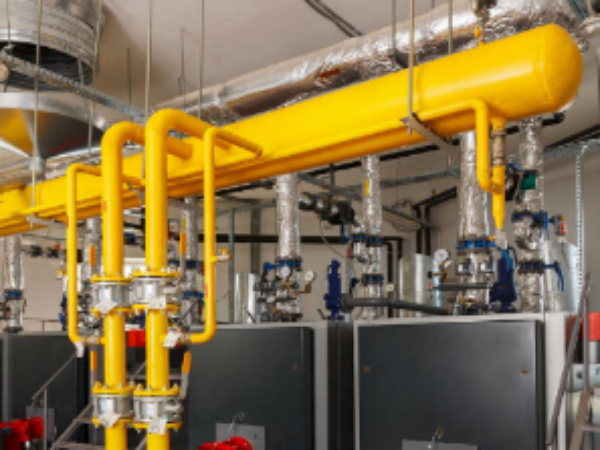Why do industrial boilers use seamless steel pipes?
Boiler seamless steel tubes are high-quality carbon steel, alloy steel and stainless heat-resistant seamless steel tubes used to manufacture high-pressure and above-pressure water tube boiler heating surfaces. These boiler tubes often work under high temperature and high pressure, and the tubes will be oxidized and corroded under the action of high temperature flue gas and water vapor. Therefore, steel pipes are required to have high durability, high oxidation resistance and good structural stability.

Industrial boiler tubes are mainly seamless steel tubes, because the various performance indicators of seamless steel tubes can fully meet the requirements of boiler applications. Although the cost is higher, its safety and reliability are higher. Welded steel pipes are generally used as low-pressure fluid delivery pipes within 2Mpa. High-temperature and high-pressure equipment such as industrial boilers must use seamless steel pipes, and the thickness of the pipe walls must be thickened accordingly.
Now, due to the rapid improvement of welding technology, welded steel pipes are also used in medium and low pressure boilers. For example, joints of friction welded steel pipes have the same microstructure. After the pipe joints are remelted by butt joints and fillet joints, it is difficult to observe the butt joint marks with the naked eye. The microstructure and quality of its parts are exactly the same.
What are the "four major pipelines" of power plant boilers?
01. High-pressure water supply pipe: a pipe that delivers makeup water to the boiler. Including the pipeline from the outlet check valve of the feed water pump to the inlet header of the economizer.
02. Main steam pipe: a pipe used to transport superheated steam, which is an important device for boiler output heat energy. Including the pipeline from the outlet header of the final stage superheater to the high-pressure main steam valve of the steam turbine (for boilers operating in the main pipe, to the previous valve of the main pipe).
03. Reheat steam cold section pipeline: the pipeline that transports the steam after one work to the reheater of the steam boiler. Including the piping from the steam turbine exhaust check valve to the inlet header of the reheater.
04. Reheat steam hot section pipeline: the pipeline used to transport the superheated steam heated by the reheater. Including the pipeline from the outlet header of the final stage reheater to the medium pressure main steam valve of the steam turbine.
Common problems in surface treatment and product processing of seamless steel pipes for high pressure boilers:
1. The surface of seamless steel pipes for high-pressure boilers is inconsistent: only the pickling and passivation treatment is carried out on the welds, resulting in uneven surfaces and affecting the appearance.
2. Scratches on seamless steel pipes for high-pressure boilers are difficult to remove: overall pickling passivation, various scratches generated during processing cannot be removed, and scratches and welding spatter attached to the surface of stainless steel cannot be removed. Impurities such as carbon steel and spatter will cause chemical corrosion or electrochemical corrosion and rust in the presence of corrosive media.
3. Weld seam defects: Weld seam defects are relatively serious, which can be made up by manual and mechanical grinding. The resulting wear marks will make the surface uneven and affect the appearance.













 Eastern Steel Manufacturing Co.,Ltd not only improve product production and sales services, but also provide additional value-added services. As long as you need, we can complete your specific needs together.
Eastern Steel Manufacturing Co.,Ltd not only improve product production and sales services, but also provide additional value-added services. As long as you need, we can complete your specific needs together.










